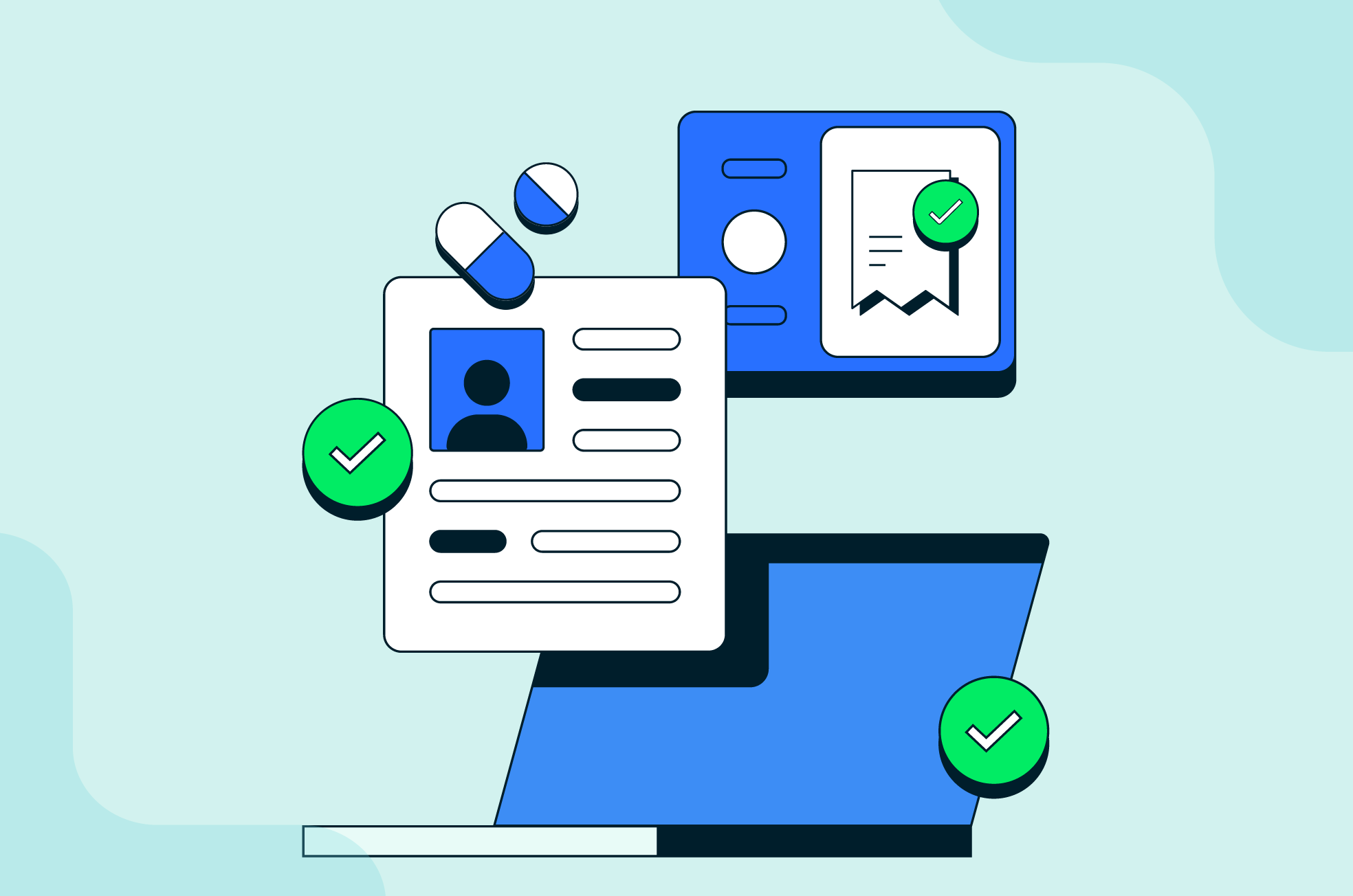What is Medical Coding?

Medical coding serves as a crucial bridge in healthcare, converting intricate medical services, procedures, diagnoses, and equipment into universal medical alphanumeric codes.
This standardized language enables healthcare providers to accurately document patient encounters using specific medical terminology and codes that are universally recognized.
Beyond documentation, these codes play a pivotal role in the medical billing process, ensuring that healthcare services are properly billed and reimbursed by insurance companies.
Moreover, they facilitate detailed healthcare analytics, offering insights into disease patterns, treatment effectiveness, and resource utilization, which are crucial for improving healthcare delivery and patient outcomes.
For healthcare providers, accurate coding is not just administrative; it's integral to financial viability and regulatory compliance.
By maintaining meticulous coding practices, healthcare facilities can streamline operations, enhance revenue cycles, and uphold standards of care.
Types of Medical Codes
Medical coding utilizes various code sets crucial for accurate documentation and billing within the healthcare industry. The International Classification of Diseases (ICD) is fundamental for diagnosing and classifying diseases and health conditions worldwide. For instance, ICD-10-CM (Clinical Modification) codes like "I10" for essential hypertension and "C50.912" for malignant neoplasm of the female breast are used extensively by healthcare providers to specify patient conditions.
In contrast, Current Procedural Terminology (CPT) codes are maintained by the American Medical Association (AMA) and focus on procedures and services rendered by healthcare providers. Examples include "99213" for an established patient office visit and "47562" for laparoscopic appendectomy. CPT codes are vital for accurate medical billing and adherence to medical coding guidelines.
Furthermore, the Healthcare Common Procedure Coding System (HCPCS) includes Level I (CPT codes) and Level II codes. HCPCS Level II codes, like "J3420" for injection, hydroxyzine HCL, up to 25 mg, are used for supplies, drugs, and non-physician services. These codes support comprehensive medical billing and are crucial in the healthcare reimbursement process.
The Role of Medical Coders
Medical coders play a pivotal role in the healthcare industry by meticulously translating healthcare providers' diagnoses, procedures, and treatments into universal medical codes.
Their primary responsibilities include reviewing patient medical records and ensuring all documented services are accurately coded according to established guidelines such as ICD-10 and CPT. This process not only facilitates proper medical billing but also supports crucial healthcare analytics and ensures compliance with regulatory requirements.
Precision and attention to detail are paramount in medical coding, as even minor errors can impact reimbursement and patient care quality.
Becoming a certified professional coder requires comprehensive knowledge of medical terminology, anatomy, and coding guidelines, often attained through specialized medical coding certification programs. Certified medical coders are proficient in navigating complex medical records and understanding the intricacies of medical procedures, making them indispensable in maintaining accurate healthcare documentation and financial integrity.
Medical coders ensure that healthcare providers receive proper reimbursement for services rendered, contributing to efficient healthcare delivery and patient satisfaction.
A medical biller, on the other hand, is in charge of calculating and collecting payments for medical services, working closely with patients and insurance companies to manage payments and claims. Both roles are essential in the healthcare industry, and pursuing medical coding jobs offers a promising career path with numerous opportunities for those looking to become a medical coder.
How AI is transforming medical coding
AI is revolutionizing medical coding and billing with its advanced capabilities, offering several advantages that enhance efficiency and accuracy in healthcare processes.
AI-powered systems excel in handling vast amounts of medical data swiftly and accurately, significantly reducing the time required for coding tasks. These systems can identify and correct coding errors in real time, ensuring precise documentation and improving overall billing accuracy.
Moreover, AI enhances the scalability of medical coding operations, allowing healthcare providers to manage increased volumes of patient data without compromising quality.
AI algorithms continuously learn from data patterns, enabling them to adapt to evolving coding guidelines and regulations swiftly. This adaptive capability not only ensures compliance with healthcare standards but also contributes to improved revenue cycle management and operational efficiency.
In essence, AI-driven medical coding systems represent a significant leap forward in healthcare technology, offering streamlined processes, enhanced accuracy, and the ability to handle complex medical coding tasks efficiently.
As these technologies continue to evolve, their integration into medical billing and coding practices promises to optimize healthcare delivery, reduce administrative burdens, and improve patient care outcomes.
Quadrant Health is powered by clinical AI that is best-in-class. Supercharge your practice and provide your patients with evidence-based care using our platform.
For more information about the solutions that Quadrant Health provides, click here. To request a demo or get in touch with our team, click here.
What are the benefits of using AI-powered software for medical coding and billing?
AI-powered software in medical coding and billing automates repetitive tasks, improves accuracy in code assignment, and enhances overall efficiency by processing large volumes of data swiftly.
For a medical coder, this technology ensures the correct procedure codes are used, verifying medical necessity and reducing errors.
This leads to more accurate and timely reimbursements, allowing healthcare providers to focus on patient care. By streamlining these processes, AI significantly enhances productivity and compliance in the healthcare industry.
How can healthcare providers ensure compliance and accuracy when implementing automated medical coding solutions?
Ensuring compliance and accuracy with automated medical coding solutions involves selecting robust AI tools that adhere to coding guidelines and utilize standardized codes.
It is essential to maintain high-quality medical record documentation to support accurate coding.
Conducting regular audits ensures the system's reliability and identifies areas for improvement.
Additionally, providing ongoing training to staff helps them stay updated with the latest coding practices and technology, ensuring consistent and accurate coding across all medical records.

